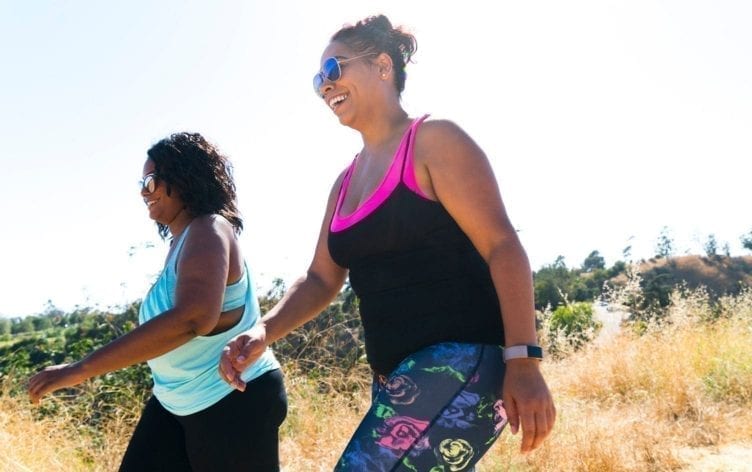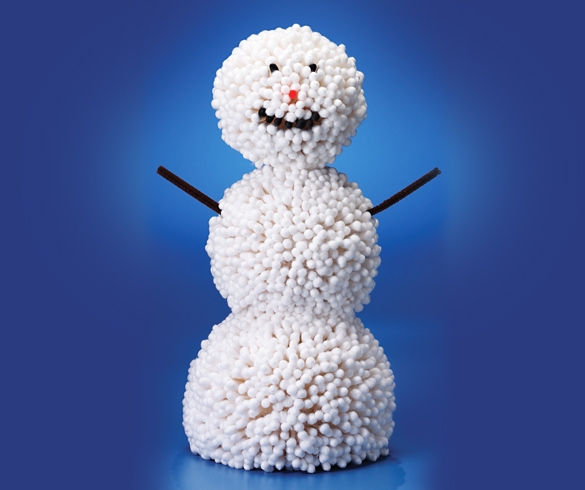
Looking through generations of family photos, you may notice it’s not just facial features that seem to be inherited — in many families, body shape and weight seem to get handed down just as easily as hair color or height. But if you’re from a family where steady weight gain seems the norm, that doesn’t mean there’s nothing you can do about it.
Genes may play a part in terms of weight and obesity — particularly when it comes to abdominal fat — but they’re not the only factor when it comes to weight gain or loss.
[perfectpullquote align=”full” cite=”” link=”” color=”” class=”” size=””]Genes load the gun, the environment pulls the trigger …[/perfectpullquote]
A common saying in the medical field is “genes load the gun, the environment pulls the trigger,” according to Dr. Scott Kahan, co-director of the George Washington University Weight Management Program.
That means even if you have genes that make you more susceptible to weight gain, you won’t automatically put on those pounds. But it also means you may have to work harder than someone without those genetic markers when it comes to losing weight or keeping it off.
WHAT YOU CAN’T CONTROL
Just as you can’t change your height or your eye color without some artificial intervention, genes can often determine where you tend to add fat, one study noted. For example, you may gain weight more easily in your belly instead of your thighs or vice versa.
The research also indicated there are numerous other genetic components related to weight, including fat-cell development, appetite regulation, glucose control and insulin resistance. Other studies have noted your exercise endurance may also be influenced by genetic factors, which means that if you just can’t seem to get the knack for long-distance runs, your DNA could be part of the equation.
In many instances, such as overall body shape, you may need to make peace with carrying that genetic legacy, notes registered dietitian and food scientist Joy Dubost, founder of Dubost Food & Nutrition Solutions.
“Cut yourself some slack if you’re seeing a strong genetic component,” Dubost says. “If every woman in your family is pear-shaped and you are, too, it’s possible that there’s not much you can do to overcome that. Instead, embrace your part of the family history but still build muscle and reduce fat where you can.”
FACTORS BEYOND GENETICS
Embracing your family legacy doesn’t mean accepting there’s nothing you can do. As Dr. Kahan emphasized, your genetics don’t pull the trigger on your lifestyle decisions — you make those choices.
About half of our predisposition to weight is genetic, notes Dr. Elizabeth Speliotes, MPH, a specialist in gastroenterology at Massachusetts General Hospital. That means the other half is not, and it’s usually comprised of the usual factors like calorie intake and expenditure through activity.
While you may be more genetically susceptible to storing fat, it’s also true obesity may run in your family for non-genetic reasons, such as low levels of exercise, poor food habits like eating tons of refined carbohydrates and emotional trauma that may contribute to overeating.
“Obesity in families can be complex,” says Dubost. “On the surface, it may seem like genetics is a major contributor if you have numerous family members who are overweight or obese. But that’s not always the case. It might be because of a shared environment and similar habits in terms of food and exercise.”
KEEP UP THE GOOD WORK
Research on genes and obesity is still emerging, Dr. Speliotes notes, and there’s hope studies will lead to more insight about how to tailor weight-loss programs based on genetics in the future.
For now, the main thing to keep in mind is family history and DNA don’t determine your outcome. As Dubost noted, they may play a part in your overall shape and propensity toward weight gain, but a great deal of your weight-loss and weight-maintenance success relies on the old tried-and-true combination of food and exercise.
“You can’t change your genes, but you can change your habits,” says Dubost. “That makes a big difference.”






